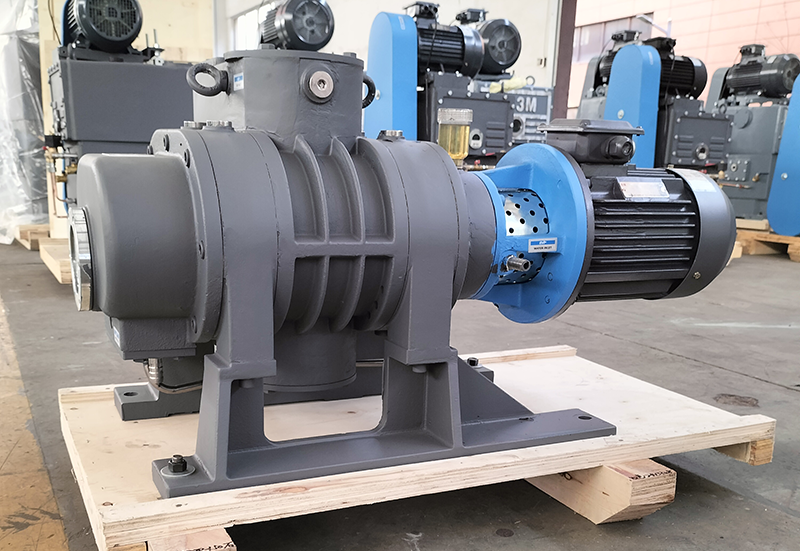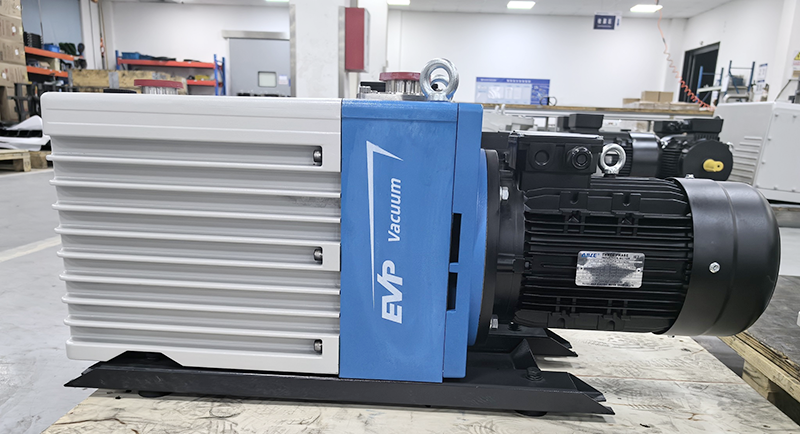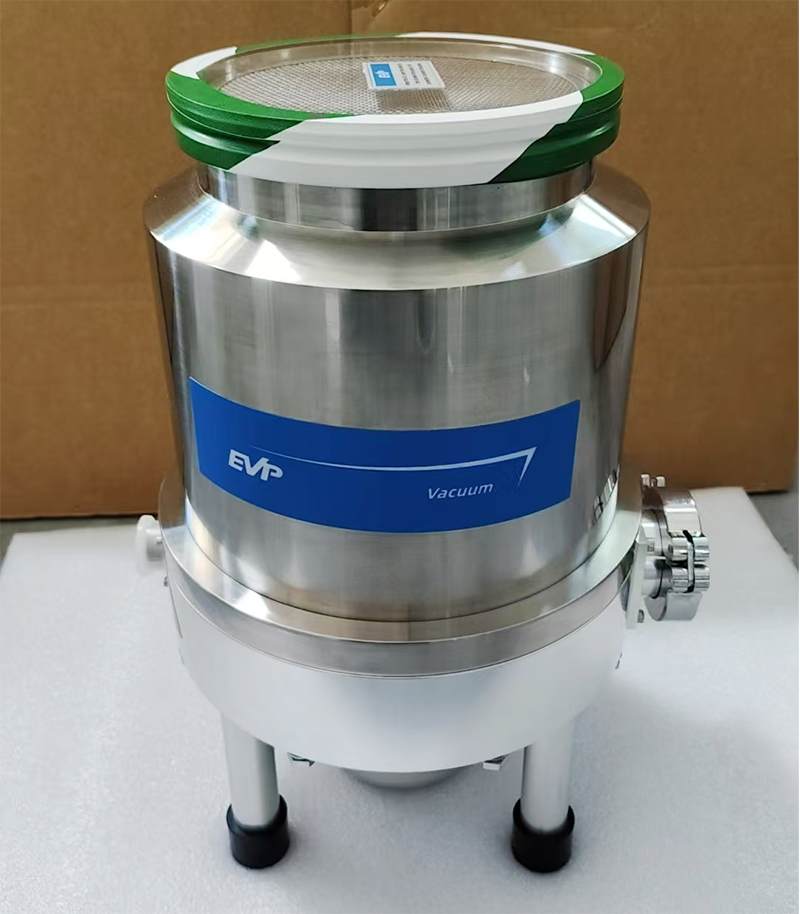The Critical Role of EVP Vacuum Pumps in Optical Coating PVD Applications
In modern optical manufacturing, Physical Vapor Deposition (PVD) is widely used for the production of optical thin films on components such as lenses, filters, and laser elements.
As an integral part of PVD systems, the performance of vacuum pumps directly impacts coating quality, production efficiency, and overall system stability.
EVP vacuum pumps and vacuum units are well-used in PVD.
Why High Vacuum is Essential in PVD?
PVD is a process in which materials are evaporated or sputtered onto a substrate in a high vacuum environment. Maintaining a stable vacuum is critical for the following reasons:
Minimized Molecular Collisions: A high vacuum greatly reduces the number of gas molecules, allowing vaporized material to travel in straight paths and deposit uniformly on the substrate.
Contamination Prevention: Vacuum conditions help eliminate impurities like water vapor and oxygen, ensuring the purity of the deposited film.
Controlled Process Atmosphere: In reactive PVD processes (e.g. oxidation, nitridation), a vacuum system ensures accurate control of inert and reactive gases.
Vacuum Pump Configuration in PVD Systems
PVD systems typically employ multi-stage vacuum setups, including:
Roughing Stage: Rotary vane pumps, screw pumps or slide valve pumps are used to bring the chamber from atmospheric pressure to medium vacuum (~10⁻¹ mbar).
High Vacuum Stage: Roots blowers, water ring pumps, or turbomolecular pumps are used to further reduce pressure to high vacuum levels (~10⁻³ mbar or lower).
Auxiliary Equipment: Cold traps, oil mist filters, and anti-backstreaming valves help improve vacuum quality and system reliability.
Among these, the combination of EVP Roots pumps and rotary vane pumps is widely adopted in the PVD industry due to its excellent balance of pumping speed, final vacuum level, operating cost, and durability.
With ongoing advances in dry vacuum pumps, intelligent vacuum control, and materials engineering, EVP vacuum technology will continue to play a critical role in advancing optical coating processes to the next level.
Special Requirements for Optical Coating PVD
Compared to standard metal or decorative coatings, optical coatings demand higher vacuum stability and cleanliness, including:
Vacuum Stability: Pumps must maintain consistent vacuum levels during long deposition runs.
Contamination-Free Operation: Pump designs must prevent backstreaming of oil vapor or particulates that could damage optical elements.
Chemical Resistance: Some coating materials (e.g. TiO₂, MgF₂) may release corrosive vapors, requiring pump materials to resist chemical degradation.
EVP vauum pumps’ low Noise & Vibration: Reduces the risk of film thickness inconsistency and mechanical disturbance during deposition.
As optical components evolve toward greater complexity and precision, PVD systems are facing increasingly stringent performance requirements.
A clean, stable, and efficient vacuum pump system has become a key enabler for high-quality optical coatings.
With ongoing advances in dry vacuum pumps, intelligent vacuum control, and materials engineering, EVP’s vacuum technology will continue to play a critical role in advancing optical coating processes to the next level.
(The article comes from the Internet. If reprinting is not allowed, please contact our company to delete it.)



